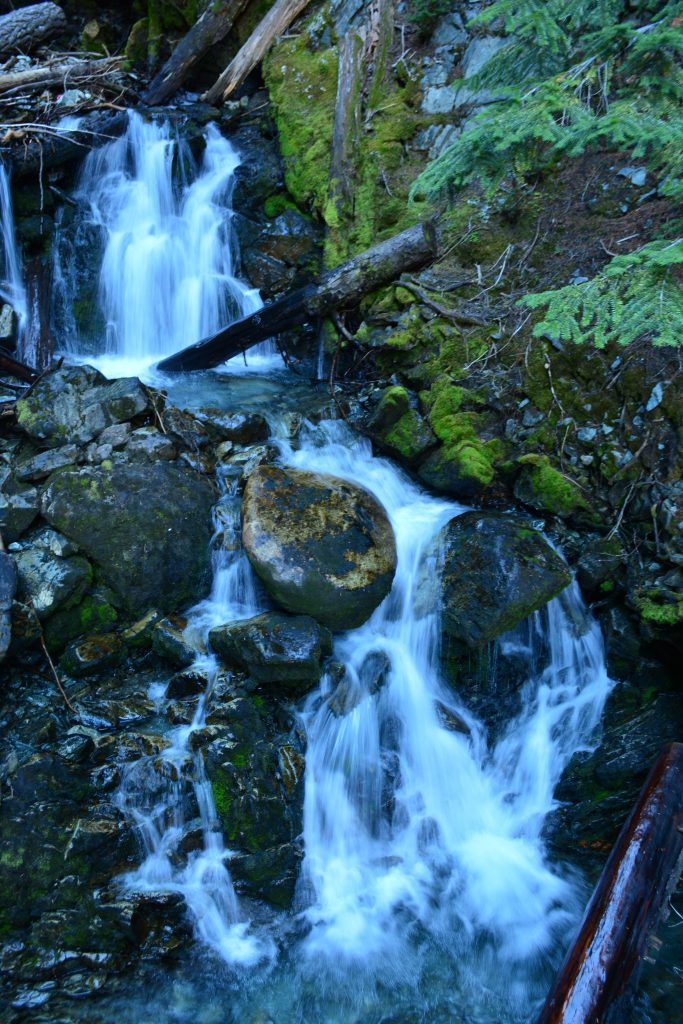Assessing conservation in the Garibaldi Complex
Categories:

Context
While we continue to weather the COVID- 19 pandemic, it’s never been clearer that our parks are critical to carefully manage and protect as places that sustain us and provide important connections to nature. At the same time, there is growing concern about the effectiveness of protected areas in meeting objectives such as biodiversity conservation.1 BC Parks undertook a pilot Conservation Assessment to gauge how well the Garibaldi Complex – a set of four joining protected areas – is working to conserve nature, and answer the question, “are we protecting what we said we’d protect?”
Results
The results of the Conservation Assessment demonstrated that each of the four protected areas (Garibaldi, Golden Ears and Pinecone Burke Provincial Parks and Mkwal’ts Conservancy) within the Garibaldi Complex contain unique and important ecological values from special habitats, rare species, to unique geology. Individually, each protected area makes an important contribution to the conservation of biodiversity. Together, however, this complex of protected areas – and other conservation lands that are in the adjacent area – provides a place of refuge for biodiversity right on the doorstep of a growing urban landscape. Consequently, much is demanded of these protected areas to also provide a place for recreation, mental and physical health, and for cultural sustenance.
Climate change is a major threat due to the relative small size of the Complex and lack of connectivity between the Complex and other protected areas. The Garibaldi Complex also faces a number of outside pressures being situated in close proximity to urban areas and surrounded by urban expansion and industrial activity. At the same time, the Complex faces internal pressures from burgeoning recreation use.2 Since much less can be done to influence the pressures from outside of the Complex, this requires some careful decisions about visitor use including when and where people can go inside the Complex while still trying to provide high quality recreation opportunities.
The Conservation Assessment process revealed that BC Parks has some sound policies in place and has been responsive to conservation values/species of concern such as grizzly bears, however more can be done in the context of climate change impacts and increasing visitation.

How BC Parks is responding
New initiatives are in the works to address some of the gaps and issues identified by the Assessment:
- BC Parks is developing a provincial Visitor Use Management Framework and has implemented visitor use management approaches in the Garibaldi Complex, such as backcountry campsite reservations in Garibaldi Park;
- BC Parks is supporting UVIC, SFU and UBC research projects in the Complex that are compiling inventory data via citizen science tools and a remote wildlife camera network.
- BC Parks is drafting a management plan for Pinecone Burke Park that will integrate key results from the Conservation Assessment.
Next steps and how you can help
Managing the Garibaldi Complex to protect conservation values will require research and monitoring of ecological conditions and careful choices about where, when and how people can continue to enjoy these lands. A culture of conservation amongst protected areas users is needed and everyone who enjoys our parks can also play role in their management:
- Be responsible when you recreate
- Become a citizen scientist and join the BC Parks iNaturalist Project;
- Support the BC Parks Licence Plate Program and know that your support is going directly to conservation, community engagement and education and Indigenous reconciliation projects.
1 Hayes, T. M. Parks, people, and forest protection: an institutional assessment of the effectiveness of protected areas. World Development 34, 2064–2075 (2006).
2 From 2010 to 2019, South Coast protected areas experienced a 60% increase in day use visitation.




